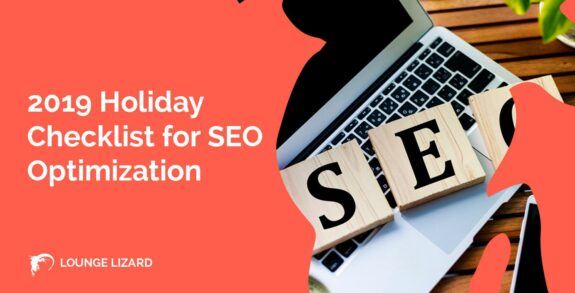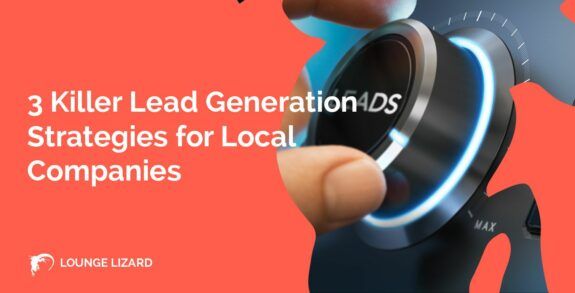Are you using Sustainable Marketing yet?

Are you using sustainable marketing yet? If your brand or business has a green focus, then it might be a promising idea to showcase that as part of your next marketing campaign. As a top digital marketing company, today we wanted to discuss our thoughts on the usefulness of sustainable marketing as part of a well-rounded marketing campaign.
What is Sustainable Marketing?
Sustainable marketing is marketing focused on any combination of environmentally or socially responsible products, practices, or brand values. For example, locally sourced products versus imports from China or brand goals for environmental efforts. This type of marketing focuses on showcasing the sustainable aspect as a reason to buy products or services from a company even if the cost is higher compared to those available from a non-sustainable producer.
Sustainable marketing is also commonly called Green marketing with the connection of green and the environment.
Some of the more well-known brands that focus on green or sustainable marketing in relation to their brand goals are Starbucks, Timberland, Patagonia, and Ikea. Starbucks uses green materials in production and packaging. Patagonia contributes millions of dollars towards climate change and initiatives for sustainable agricultural practices. Ikea utilizes solar and wind farms for energy generation along with planting millions of trees around the globe.
How useful is Sustainable Marketing?
The usefulness of sustainable marketing is not as direct in comparison to standard marketing practices. This is mainly due to the aspect of sustainability or green ventures in comparison to the brand itself. For those brands that are actively focused on sustainability, green marketing can be very beneficial in raising awareness for their brand. It can also greatly increase trust.
On the flip side, brands who are not very green-oriented or attempt to relate themselves as a sustainable-focused business can cause more harm than good if consumers feel it is a token effort made to earn business or notoriety. McDonald’s made such a blunder with their “eco-friendly” straws that ended up not being very friendly as they were difficult to process when recycled due to thickness.
At the end of the day, there is not the same quantifiable expectation for sustainable marketing. The metrics simply are not there yet to rate how it can influence sales in comparison to other avenues of marketing. For example, based on a statistical analysis we can determine a range of expectations from using various practices such as Ad Buys or Conversion Rate Optimization. Sustainable marketing, on the other hand, does influence consumers but not as consistent across the board. It is more in relation to the percentage of target customers that are green or sustainable focused themselves.
But, for those consumers that are green-focused, a green brand is much more appealing and trustworthy.
Getting started with Sustainable Marketing
- Create a Sustainable Webpage – Much like an About Page, which provides valuable information like the history of a company, a Sustainable or Green page should cover their efforts and accomplishments in sustainability.
- Include Green in Ads – Advertising messages should include some mention of a brand’s sustainability efforts. This might be as simple as including a “greener” version of a logo that links to the brand’s sustainability webpage.
- Promote Green Aspects – On all points of customer contact, the green aspects of the company should be promoted in some fashion. Blogs, social media platforms, coupons, e-mails or a newsletter, and the like can all include mentions of a brand’s sustainability goals. However, do not over-promote this aspect of a business.
- Support Green Programs – Eco-friendly programs either locally, nationally, or globally should be supported.
- Green Partners – Focus on partnering with like-minded brands for cross-promotion based on sustainability rather than just inter-related businesses. Numerous consumers prioritize green brands over others, so it is important to increase your “green network”.
The Bottom Line
The bottom line is that if your brand has a focus on green aspects, then you should be using sustainable marketing as part of the overall marketing focus. When a business or brand is doing its part to protect the planet which we all live on, that is something noteworthy. Many businesses put a premium on profit above all else, and many consumers have realized that approach has resulted in climate issues with devastating effects globally. While it might not always provide a direct increase in sales, it will directly affect how consumers view the brand which can increase long-term growth.
Be sure to check back every week for great new Lounge Lizard blog articles.





